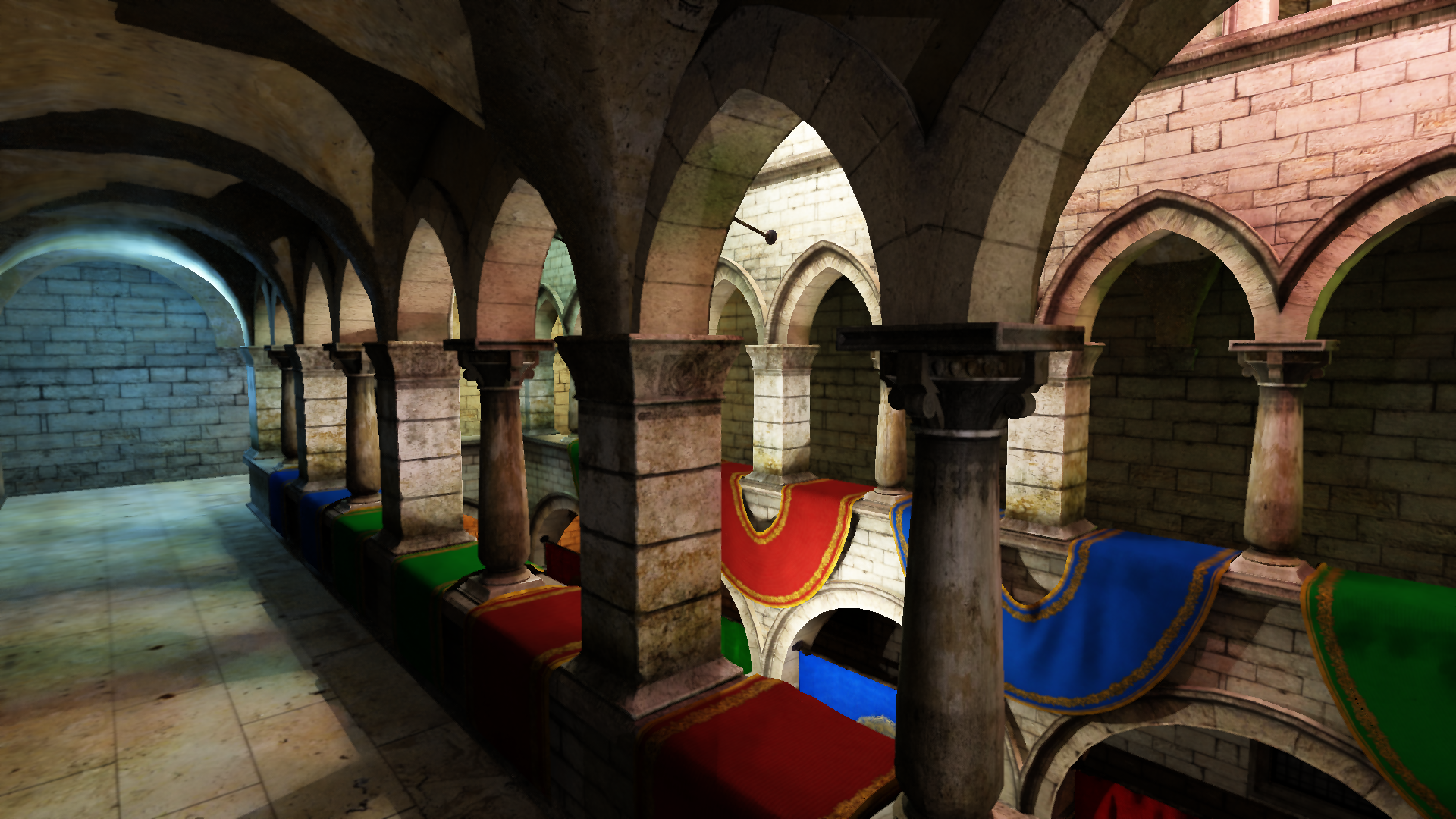
|
The picture on the left is the real-time result of the project.
This is a real-time ray tracing project based on WebGPU. The project utilizes ReSTIR to accelerate the direct illumination (DI) and global illumination (GI) computations. Additionally, it incorporates a denoiser and an upscaler to enhance practicality for web-based applications.
|
requirements
I have only tested this project on android 14 and windows 11 with both latest chrome and edge.
For windows, if you have multiple GPUs, you may need to set system -> display -> graphic settings -> choose your browser to set preference -> high performance to have a better experience.
Introduction
This project is based on WebGPU, a new web API that provides a low-level abstraction of modern graphics APIs like Vulkan and Metal. It utilizes ReSTIR to accelerate the direct illumination (DI) and global illumination (GI) computations. Additionally, it incorporates a denoiser and an upscaler to enhance practicality for web-based applications.
Details
WebGPU
Although WebGPU is more powerful than WebGL in many cases, there are many features in native APIs that are not yet supported. I have encountered some problems caused by unsupported features: Ray tracing extension; Bindless resources; Geometry shader; Global memory barrier.
Ray tracing on WebGPU. This is based on hardware as an extension for Chrome (not compatible across devices). This is based on compute shader but only supports limited features. I maintain a ray tracing pipeline myself, based on compute shader.
Bindless resources. I use a texture array to store the textures and use the texture index to access them. This is a workaround for the lack of bindless resources. Another option is to use texture atlases.
Geometry shader. The issue highlighted here prompted me to flatten the vertex buffer, deriving the primitive ID by dividing the vertex index by 3.
Global memory barrier. It is said that this limitation is caused by Metal. In general, I can either use a global memory barrier or start a new pass to synchronize memory accesses between different workgroups(No explicit synchronization in WebGPU). But because of the limitation, I have to use the second solution.
It is worth mentioning that the WebGPU supports group shared memory, which is a useful for group memory accessing in filter operation.
Visibility buffer
The visibility buffer is a screen-space buffer that stores the scene’s visibility data.
During the V-buffer stage, I also store additional data, including the motion vector, barycentric coordinates, and pixel depth.
ray tracing
It is mainly based on ReSTIR DI and ReSTIR GI
A key promotion of ReSTIR GI is to apply a RIS to resample lights during NEE stage when tracing a indirect lighting path, which can choose a higher quality lighting source and introduces no bias and no correlation. (Because this reservoir is not shared across pixels and disposed after use)
Denoiser
The denoiser is based on SVGF and ReLAX.
Upscaler
The upscaler is based on FSR2.